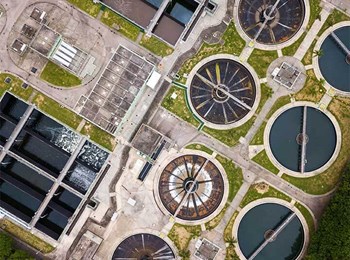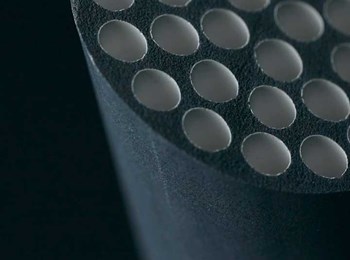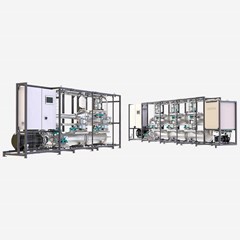Along with the increasing debate about the environment and water scarcity come regulations, requirements, and discharge limits for wastewater for the industries to comply with – and there are more to come.
In this blog post, we aim to give you an overview of some of these regulations, standards, and wastewater discharge limits.
Please make certain reservations that this information can be outdated at the time of reading. LiqTech is not to be held responsible for possible mistakes, typing errors, or erratum. We recommend you keep updated about relevant wastewater discharge limits and requirements through local and national law.
Index
Wastewater Discharge Limits and Regulations in The United States of America
Industrial Wastewater Discharge Limits in the United Kingdom
Industrial Wastewater Discharge Limits in Australia
China Wastewater Regulations and Standards
Industrial Wastewater Discharge Limits and Regulations in Germany
Industrial Wastewater Discharge Limits and Regulations in India




